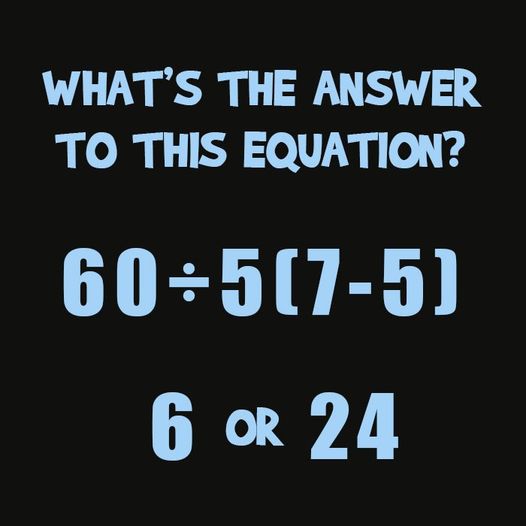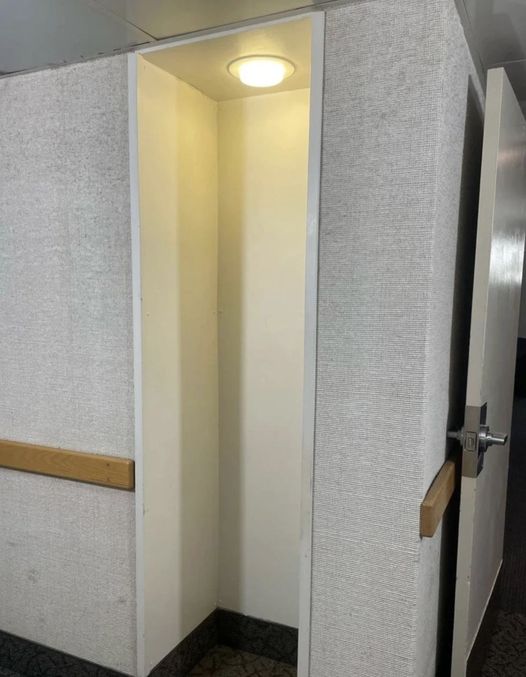When it comes to solving mathematical equations, particularly those involving multiple operations, clarity and precision are essential. The equation 60 ÷ 5 (7 – 5) has sparked debates and confusion, with many people arriving at different answers. The primary contention is whether the correct answer is 6 or 24. To resolve this, let’s break down the equation step by step, adhering to the standard rules of arithmetic known as the order of operations.
Order of Operations
The order of operations is a fundamental principle in mathematics that dictates the sequence in which operations should be performed to ensure consistency and accuracy. The commonly used acronym to remember this sequence is PEMDAS:
- Parentheses
- Exponents (or indices)
- Multiplication
- Division
- Addition
- Subtraction
According to PEMDAS, operations enclosed in parentheses should be performed first, followed by exponents, then multiplication and division (from left to right), and finally addition and subtraction (from left to right).
Step-by-Step Solution
- Parentheses: First, solve the expression within the parentheses: 7−5=2 – Now, the equation simplifies to: 60÷5×2
- Multiplication and Division: According to the order of operations, multiplication and division are performed from left to right. This means we should proceed as follows:
- First, perform the division: 60÷5=12
- Next, multiply the result by 2: 12×2=24
Thus, following the correct order of operations, the answer to the equation is: 24
Common Misconceptions
The confusion often arises from a misunderstanding of the order in which operations should be performed. Some people mistakenly believe that multiplication should always be performed before division, leading them to incorrectly solve the equation as follows:
- Incorrect Approach: After solving the parentheses:60÷5(2)
- Some might incorrectly interpret this as: 60÷(5×2)
- This would lead to: 60÷10=6
However, this interpretation misapplies the order of operations by not recognizing that division and multiplication should be performed from left to right as they appear in the equation.
Conclusion
The correct answer to the equation 60÷5(7−5) is 24. This conclusion is reached by carefully following the order of operations (PEMDAS), ensuring that division and multiplication are performed from left to right. Misinterpretations often stem from not adhering to this sequence, emphasizing the need for clear notation and a thorough understanding of mathematical principles.
In mathematical expressions, precision and adherence to established rules are paramount. By following the order of operations correctly, we can resolve seemingly ambiguous equations accurately and avoid common pitfalls.





